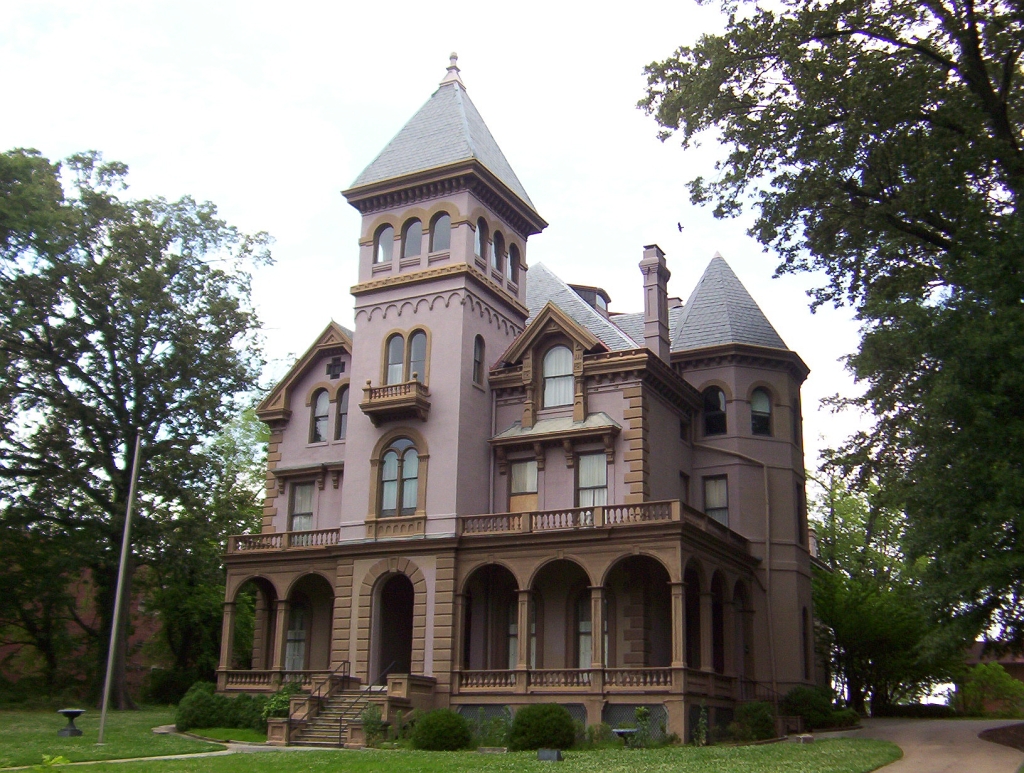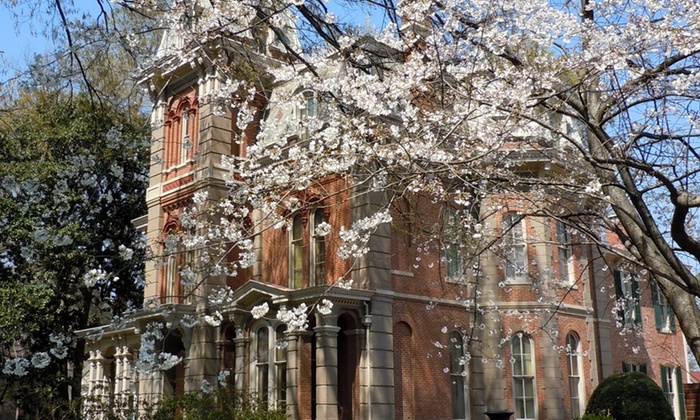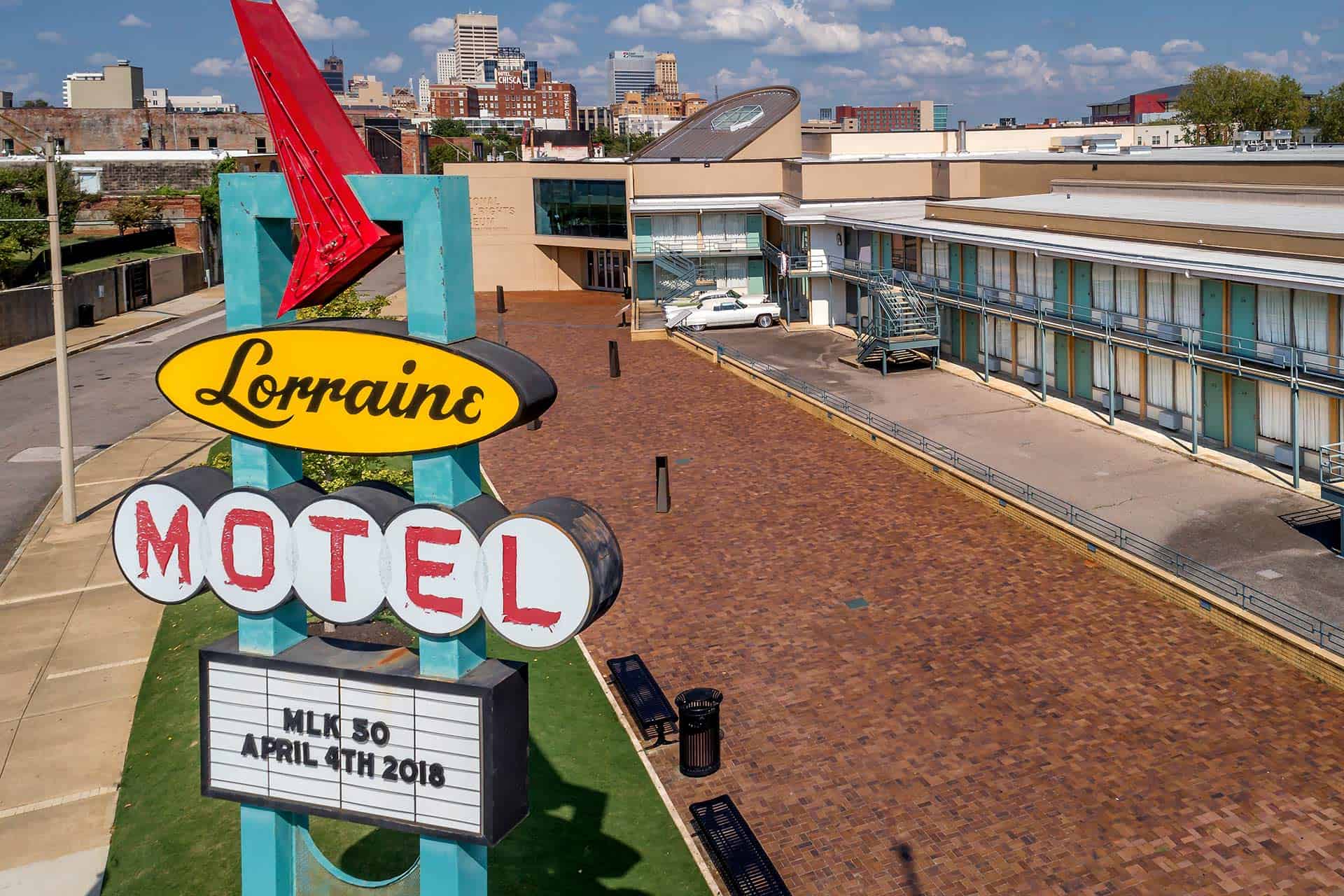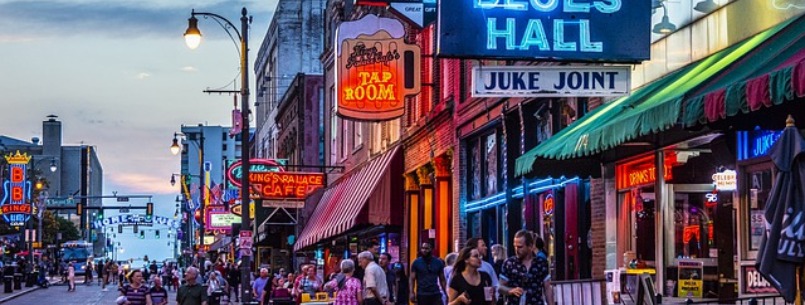Historic Memphis Sites
Memphis, Tenn. is known for many things; music and the Civil Rights movement among them. If you visit this city that sits on the shores of the Mississippi River, there are many places that can add rich, historic flavor to your itinerary.
During the city’s early period of growth in the 1800s, many striking Victorian homes were developed in what used to be the outskirts of Memphis but is now the eastern quadrant of downtown. Several still stand today. The Magevney House, built in the 1830s, is one of the oldest buildings in Memphis. This white, clapboard cottage was originally home to Irish immigrant Eugene Magevney and is part of the heavily religious history of the area in that it was the site of the first Catholic Mass in the city. Though furnished as it might have been in the 1850s. Open the first Saturday each month from 1 p.m.-4 p.m. Admission is free.

Mallory-Neely House
Built in 1852 was the Mallory-Neely House for banker Isaac Kirtland and his family. In 1883, James Columbus Neely purchased the house and would renovate the house extensively to a twenty-five room mansion. It remained privately owned by the Mallory-Neely family until the death of Daisy Neely Mallory in 1969, who wished the home to be preserved as a museum. The family deeded the house to the Sons, Daughters, and Children of the American Revolution in the early 1970s, and it is now listed on the National Register of Historic Places.

Woodruff-Fontaine House
One of the most luxurious, historical hotels in Memphis, the Woodruff-Fontaine House was built along “Millionaire’s Row” in the 1870s by Amos Woodruff and ultimately sold to prominent cotton factor, Noland Fontaine. Having been restored by The Association for the Preservation of Tennessee Antiquities, this beautiful spot is now a popular site for weddings and parties. It’s early history, however, is said to have left a ghostly footprint on the premises, as the daughter of Amos Woodruff, Mollie, is said to haunt the place. Tragically losing two children and a husband in the Rose Bedroom, legend has it that Mollie was never able to get over these losses and though she did not live at the house at the time of her death in 1917 she has been reported to have returned.
Elmwood Cemetery
Touted as one of the most beautiful cemeteries of the South, Elmwood Cemetery, built-in 1852, it’s uniquely Gothic Office Cottage and Entry Bridge are all listed on the National Register of Historic Places. It has become the final resting place to over 75,000 people, from Confederate soldiers to trailblazing musicians, politicians, and outlaws. It also memorializes the Sultana disaster, a maritime disaster that occurred on the Mississippi River in 1865 and claimed over 1700 souls – more than the Titanic including Union prisoners of war.
Historic Memphis Hotel – Peabody
Just blocks from the famous Beale Street is the equally famous Peabody Hotel. Built-in 1869 and operating for more than a hundred years, it prides itself on being “The South’s Grand Hotel”. Arguably its most famous attraction are the Peabody ducks.
In 1933 the general manager of the Peabody, Frank Schutt, and his friend returned from a weekend hunting trip and thought it would be funny to put their live duck decoys in the fountain. The enthusiastic reaction resulted in the addition of more ducks and, in the 1940s, even a Duckmaster – a former circus trainer ultimately trained the ducks to perform what has become the Peabody Duck March that still occurs daily at 11:00 a.m. and 5:00 p.m.
Lorraine Motel
One of the most pivotal locations for the Civil Rights Movement was the Lorraine Motel. Originally the Lorraine opened as the Windsor Hotel in the 1920s until Walter and Loree Bailey purchased the property in 1942 and renamed it. During the days of legal segregation, the Lorraine was one of the few Memphis hotels open to black guests, and given its close proximity to Beale Street was also a favorite for many visiting celebrities like the late, great Louis Armstrong.

In 1968, however, Lorraine became famous for another tragic reason it was where the Reverend Martin Luther King, Jr. was assassinated while he stood on the balcony outside room 306. Eventually, Walter Bailey operated the hotel as a residence motel at a loss and ultimately filed for bankruptcy in 1982. The premises now serves as the National Civil Rights Museum.
With more well known historic sites like the Lorraine and Sun Studios, as well as the Orpheum Theatre and the Arcade Restaurant, Memphis’s oldest. Memphis, Tennessee has a rich heritage steeped in affluence, music, and community that respects, honors and preserves its proud history.
